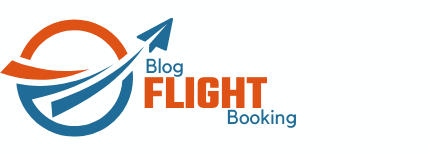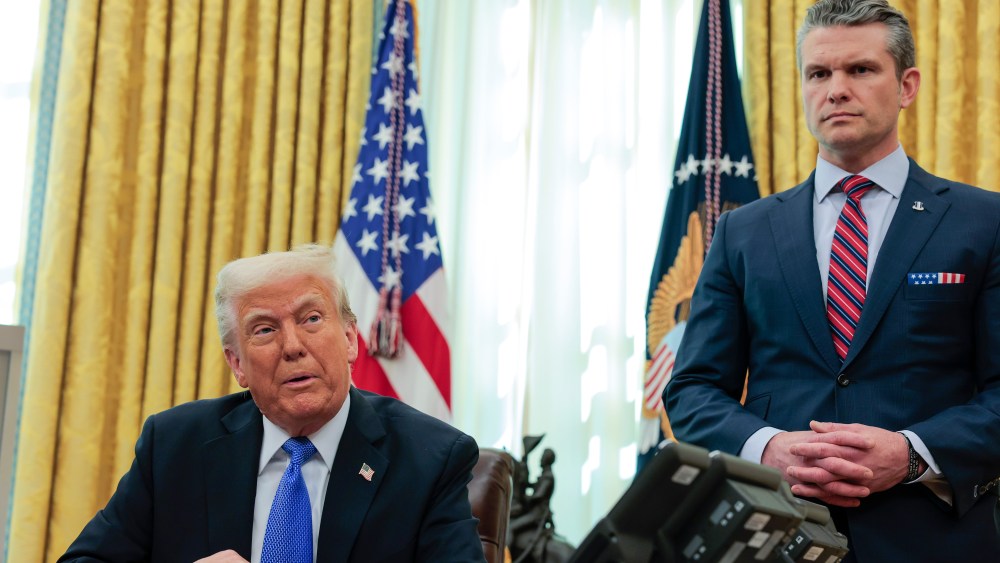Atlantic Publishes Pete Hesgeth Texts Detailing Attack Plans on Signal
After President Trump and other administration officials denied that a Signal group text about U.S. attack plans in Yemen that seemingly accidentally included a top editor at The Atlantic did not contain “classified” information, the magazine has published the full text exchange showing Defense Secretary Pete Hesgeth sharing specific details of the planned bombing, including aircraft and weapons that were used in the attack.
On Wednesday morning, The Atlantic published the Signal messages that editor in chief Jeffrey Goldberg received from the top-most national security officials of the U.S. about military strikes in Yemen against Houthi terrorists, when he was inadvertently added by National Security Advisor Michael Waltz to a war planning group chat on Signal. The new piece by Goldberg and staff writer Shane Harris is contains the messages that Goldberg witnessed between March 13, when he was added to the Signal group, and March 15, when he removed himself from the chat.
The Atlantic’s latest story, “Here Are the Attack Plans That Trump’s Advisers Shared on Signal,” is available at this link.
Since the publication of Goldberg’s initial story on March 24, President Trump and members of the “Houthi PC small group,” including Waltz, Hegseth, FBI director John Ratcliffe and Director of National Intelligence Tulsi Gabbard, have downplayed the messages and said repeatedly that they do not contain classified information. Hegseth told reporters, “Nobody was texting war plans. And that’s all I have to say about that.” Trump, asked Tuesday afternoon about the situation, said, “It wasn’t classified information.” The president also claimed that Goldberg “found it very boring and he left early.”
In the latest story, Goldberg and Harris write: “These statements presented us with a dilemma. In The Atlantic’s initial story about the Signal chat — the ‘Houthi PC small group,’ as it was named by Waltz—we withheld specific information related to weapons and to the timing of attacks that we found in certain texts. As a general rule, we do not publish information about military operations if that information could possibly jeopardize the lives of U.S. personnel. That is why we chose to characterize the nature of the information being shared, not specific details about the attacks.”
“The statements by Hegseth, Gabbard, Ratcliffe, and Trump — combined with the assertions made by numerous administration officials that we are lying about the content of the Signal texts — have led us to believe that people should see the texts in order to reach their own conclusions,” The Atlantic journalists wrote. “There is a clear public interest in disclosing the sort of information that Trump advisers included in nonsecure communications channels, especially because senior administration figures are attempting to downplay the significance of the messages that were shared.”
According to the report by Goldberg and Shane, the messages show that Hegseth “texted a group that included a phone number unknown to him — Goldberg’s cellphone — at 11:44 a.m. ET on March 15. That was 31 minutes before the first U.S. warplanes launched, and two hours and one minute before the beginning of a period in which a primary target, the Houthi “Target Terrorist,” was expected to be killed by these American aircraft.
The duo wrote: “If this text had been received by someone hostile to American interests—or someone merely indiscreet, and with access to social media—the Houthis would have had time to prepare for what was meant to be a surprise attack on their strongholds. The consequences for American pilots could have been catastrophic.”


